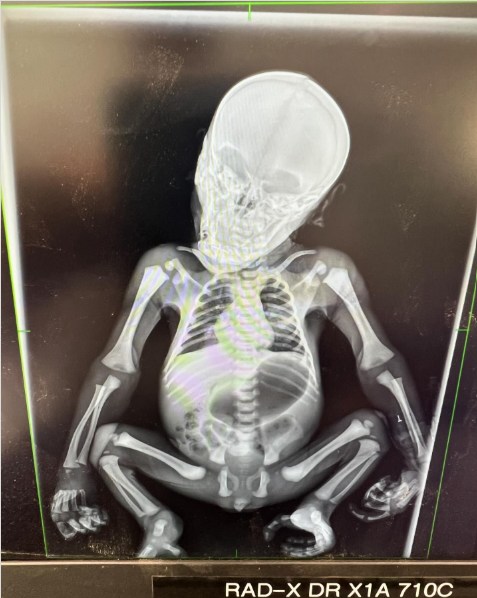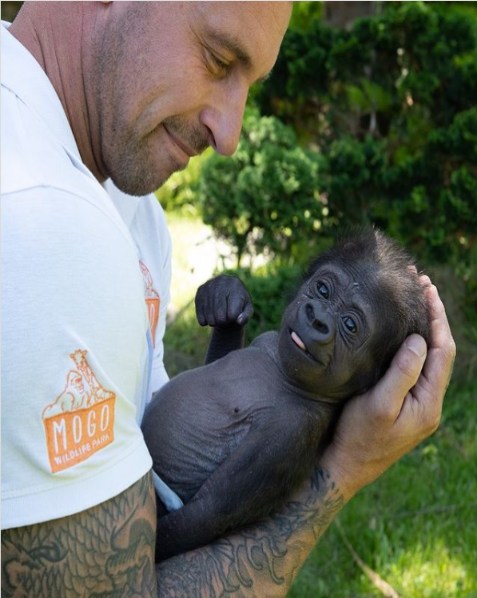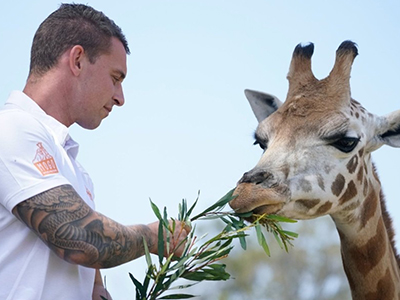We caught up recently with Chad Staples of Australian Wildlife Parks, to find out more about him and the parks he looks after.
Tell Us How You Got Started In Your Career
I always had a passion for animals, and I joined Featherdale Wildlife Park straight out of high school. I started as a casual, but was full time within a couple of months. I loved it. I stayed in that role for about 5 years, working with a range of different animals and species, then moved into a more educational role.
Featherdale has always been heavily involved in education. The park runs curriculum-based programs for students from primary to university level, with the bulk being primary school beginner level courses. It’s a natural fit – that’s when the kids learn about Australian animals, and with the largest collection of Australian natives in the world, Featherdale is well set up to teach them.
I moved on from education into a curatorial role, which has been a part of my work ever since. That means I’m looking at which species we should have in the collection, setting up breeding programs, organising animal exchanges, looking at diet and vet care. Even as Managing Director, I’m 100% hands-on with the collection. Our animals always come first.
So What’s A Typical Day Like?
There’s no such thing as a typical day for me! There are always different things happening, depending on the season and on current projects.


For example, one major project at the moment, at Mogo Zoo, is moving our gorilla Kaius in to live with the rest of the gorillas. He was hand-reared after a difficult birth, so his experience is quite different from the others. Great apes are complex creatures too, physically, emotionally and mentally. We’ve been taking this really slowly – it’s a case where it’s better to go slow than to push too hard and risk things going wrong.
There’s really only two things I can say stay the same:
- The animals always come first.
- Monday is always about catching up with all the curators and their teams to find out what’s happened over the weekend. That’s the same even if I’ve been working, which as often as not I have been.
Australian Wildlife Parks Has Three Sites. How Do You Manage That?
It’s complicated! And it’s another reason no two days are the same for me!
I look after Featherdale Wildlife Park in Doonside in Western Sydney, Hunter Valley Wildlife Park and also Mogo Wildlife Park on the NSW South Coast.
Most weeks I spend time at two or even all three locations. I have places I can stay near each of them, but it can get hectic.
And What Are The Differences Between The Parks?
The most obvious difference is the kind of animals at each park.
As I already mentioned, Featherdale stands out for having the world’s largest collection of Australian natives. There’s a huge diversity of species, including birds and reptiles as well as mammals. That works for a site in Sydney where there are plenty of international visitors who want to see the local fauna.
Mogo, on the other hand, serves mostly the local community and is 100% exotic species. The locals live in fantastic country and get to see lots of Australian animals every day – they’re looking for something a little different. It doesn’t have as many different species as Featherdale, but it’s more spacious. Some of those big animals need big enclosures!
Hunter Valley Wildlife Park is somewhere in the middle, about 50% natives and 50% exotics.
Whichever park you go to, though, the overarching purpose is the same. We want to care for and protect endangered species. And we focus on our visitors and what they want to see. Those two factors drive constant change in the parks – we’re always looking at which species we should retire or bring in. Location matters for that too. Each park has a different climate, so we need to place animals where they have the best chance to thrive.
What About The Radincon Connection?
Radincon’s a vital part of our care ecosystem for our animals, along with our network of vets. We work with multiple vets at each location, depending on the species the animal as well as the specific issues it presents with.
Keeping animals healthy is complex. We have vets in every week. Our aim is to deliver proactive healthcare, to look out for issues before they arise, but sometimes it doesn’t work out that way. It’s not just that we can’t communicate with them, it’s also because they hide any impairment. They don’t want to show weakness. When you do find a problem, diagnostic imaging is a far better option than invasive surgery.
Things have changed a lot over the time I’ve been working. When I started out, a lot of our diagnostic health checks weren’t done on site. We’d travel with the animals to wherever the vet was. Buit for the last 10 years we’ve had Radincon x-ray and ultrasound equipment on site and the vets come to us instead. It’s much less stressful for our patients! We’re always learning and we’re always trying to improve.

